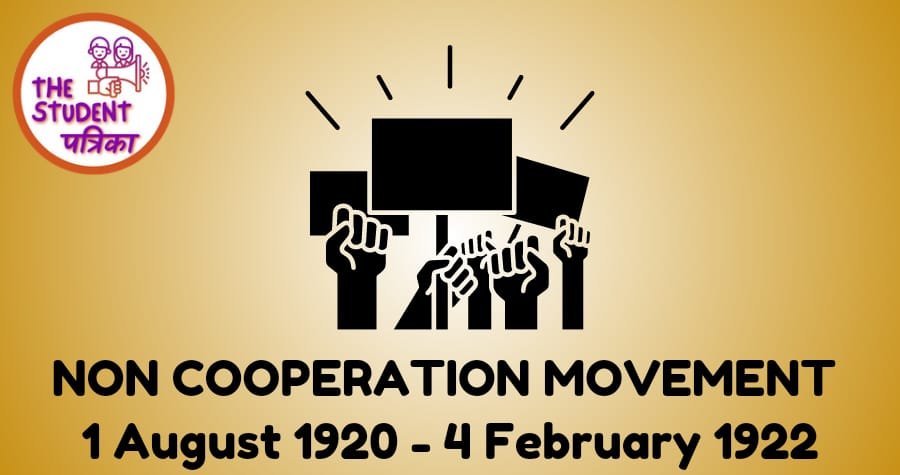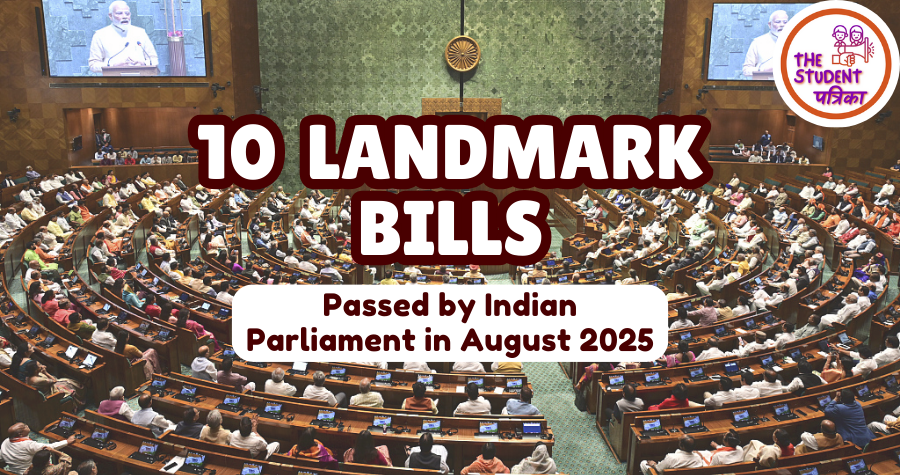
Onset of the movement:
The Non-Cooperation Movement, launched by Mahatma Gandhi in the early 1920s, was one of the significant milestones in India's struggle for independence from British colonial rule. The movement was an extraordinary display of civil disobedience and nonviolent resistance, aimed at breaking the shackles of oppression and achieving self-rule. This blog delves into the important dates, participants, causes, impact, and ultimate failure of this pivotal movement.
The Non-Cooperation Movement began on August 1, 1920, during the All-India Congress Committee session in Calcutta (now Kolkata). It continued until February 12, 1922, when Gandhi called off the movement due to a violent incident in Chauri Chaura, Uttar Pradesh, where a mob set fire to a police station, leading to the death of 22 policemen.
Causes: Several factors contributed to the rise of the Non-Cooperation Movement:
The Rowlatt Act: Enacted in 1919, this law allowed the British government to imprison Indians without trial, leading to widespread discontent and anger.
Jallianwala Bagh Massacre: The infamous massacre on April 13, 1919, in Amritsar, where British troops opened fire on a peaceful gathering, further fuelled resentment against British rule.
Khilafat Movement: The support of the Indian Muslim community for the Khilafat Movement, which aimed to protect the Ottoman Caliphate, was a crucial factor in garnering widespread support for the Non-Cooperation Movement.
Economic Exploitation: Indians were subjected to economic exploitation through heavy taxation and the dominance of British-made goods in the Indian market.
Impact: The Non-Cooperation Movement had a profound impact on India's struggle for independence:
Mass Mobilization: The movement witnessed unprecedented mass participation, bringing people from all walks of life together under the banner of civil disobedience.
Unity Among Indians: The movement transcended religious and regional divides, fostering a sense of unity and common purpose among Indians.
Boycott of British Institutions: Indians boycotted British goods, schools, and law courts, severely impacting the colonial economy and administration.
Emergence of New Leadership: The movement provided a platform for new leaders like Jawaharlal Nehru and Subhas Chandra Bose to emerge and take the mantle of the freedom struggle.
Failure of the Movement: Despite its initial successes, the Non-Cooperation Movement ultimately faced setbacks and failed to achieve its immediate goals:
Chauri Chaura Incident: The turning point came when violence erupted during the Chauri Chaura incident, leading Gandhi to suspend the movement. He believed that nonviolence was the core principle of the struggle, and violence went against the spirit of the movement.
British Repression: The colonial government responded with harsh measures, arresting many Congress leaders and suppressing the movement through force.
Tactical Errors: Gandhi's decision to withdraw the movement prematurely left many supporters disheartened, leading to a temporary lull in the struggle.
Result and aftermath: The Non-Cooperation Movement may have faced a setback, but it marked a crucial phase in India's fight for independence. It highlighted the power of nonviolence and civil disobedience as potent tools against oppression and played a vital role in inspiring future generations of freedom fighters. The movement's failure taught valuable lessons, which were later incorporated into subsequent movements like the Salt March and Quit India Movement, ultimately leading India towards its long-awaited independence in 1947. Mahatma Gandhi's philosophy of nonviolence continues to be an enduring legacy, inspiring movements for justice and freedom around the world.










